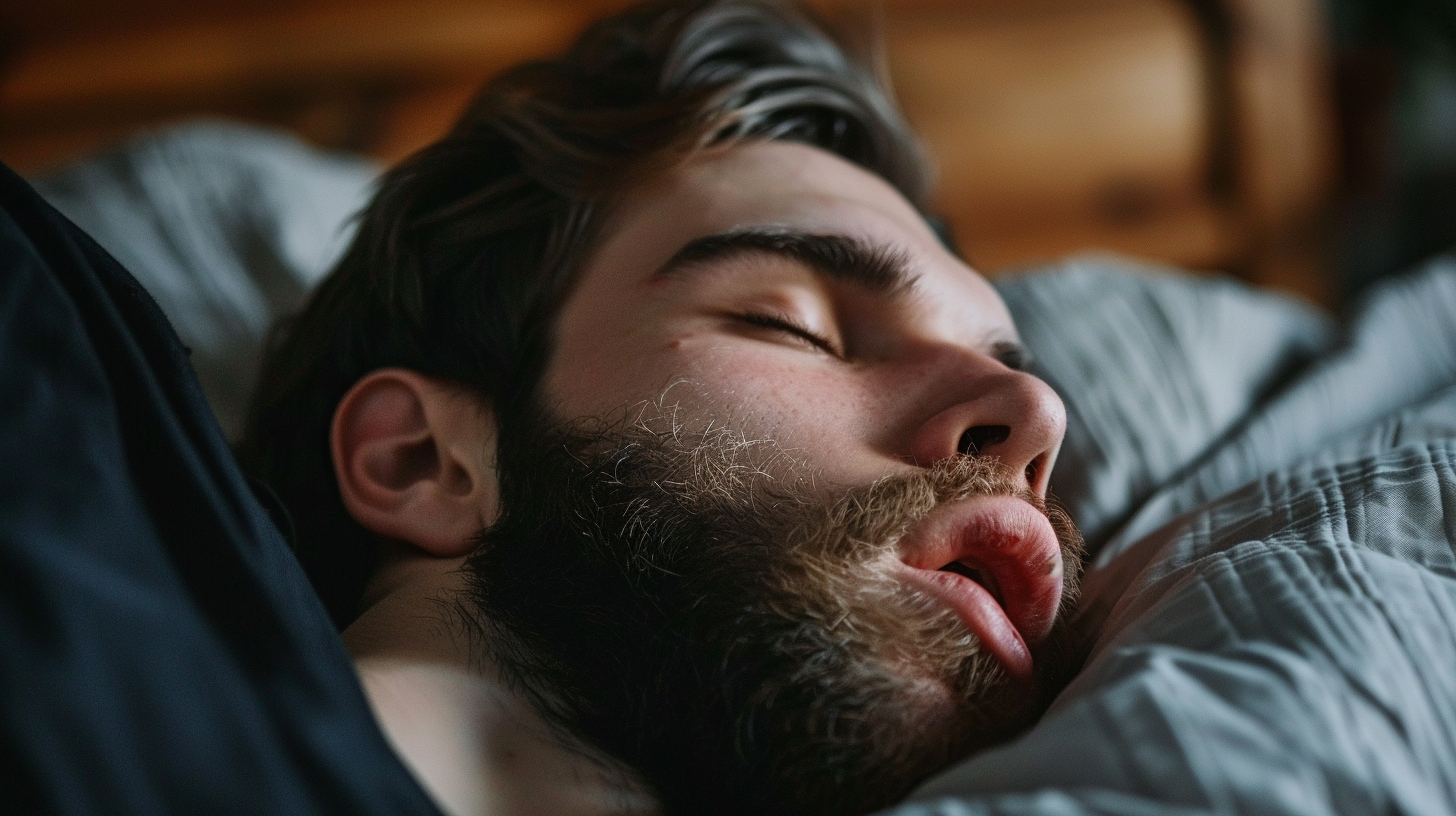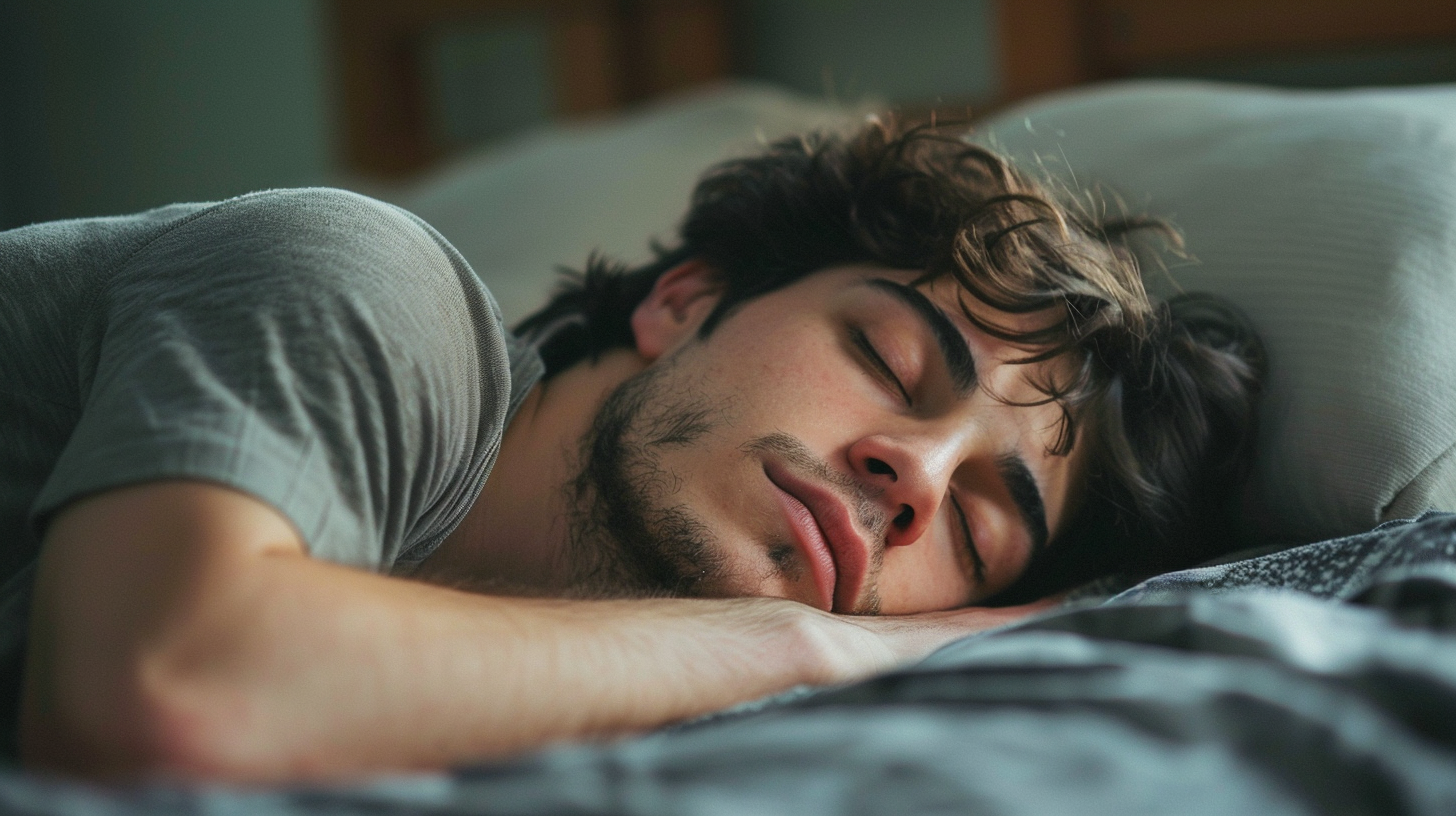The idea of taping your mouth shut while you sleep might sound odd—or even alarming. Yet, mouth taping has become a trending topic in wellness circles, sleep forums, and airway health blogs. Is there real science behind this practice, or is it just another social media fad? At BreatheWorks, we break down the facts, potential benefits, and important safety considerations of mouth taping for sleep and breathing health.
What Is Mouth Taping?
Mouth taping involves placing a small piece of gentle, hypoallergenic tape over the lips before bed. The goal is to encourage—or “cue”—the body to breathe through the nose instead of the mouth during sleep.
- Nasal breathing is the body’s natural default and offers key health benefits.
- Mouth taping is not about sealing the lips tightly, but gently reminding them to stay closed.
Why Do People Try Mouth Taping?
Many people, especially those with snoring, dry mouth, or mild sleep-disordered breathing, have heard that nasal breathing:
- Filters, warms, and humidifies the air you breathe
- Supports nitric oxide production (which aids circulation and immunity)
- Increases oxygen uptake and sleep quality
- Reduces risk of dental decay and bad breath
Chronic mouth breathing during sleep can lead to:
- Snoring
- Dry mouth and sore throat
- Increased risk of cavities and gum disease
- Worsening of sleep apnea symptoms
What Does the Research Say?
The scientific literature on mouth taping is still emerging, but early studies are promising:
1. Snoring and Mild Sleep Apnea
- A 2022 randomized controlled trial found that mouth taping significantly reduced snoring intensity and frequency in adults with mild obstructive sleep apnea (OSA) (Huang et al., 2022).
- In the same study, participants reported improved sleep quality and less morning dry mouth when using mouth tape versus no intervention.
2. Mouth Breathing & Dry Mouth
- A 2019 pilot study showed that mouth taping helped reduce nighttime mouth breathing and improved saliva flow, decreasing morning dry mouth and self-reported dental discomfort.
3. Nitric Oxide and Nasal Breathing
- Nasal breathing increases the production of nitric oxide, a molecule shown to support lung function, vascular health, and immune defense (Lundberg et al., 1996). Mouth taping is thought to “train” the airway for nasal breathing, even after the tape is removed.
Who Should Not Try Mouth Taping?
Mouth taping is not for everyone.
Do NOT use mouth tape if you:
- Have moderate to severe sleep apnea and have not been evaluated by a sleep specialist
- Experience frequent nasal congestion or cannot breathe easily through your nose
- Have severe allergies, active sinus infections, or nasal polyps
- Are under 5 years old, or have developmental, cognitive, or physical disabilities affecting breathing
- Are at risk of vomiting during sleep
Always consult a medical or airway health professional before starting mouth taping.
How to Try Mouth Taping—Safely
If you and your provider agree it’s safe to try mouth taping:
- Use only medical-grade, hypoallergenic tape designed for skin (not duct tape or packing tape!)
- Start with a small vertical strip in the center of the lips, not a full seal
- Try taping for a short nap before a full night to check comfort and safety
- Remove tape immediately if you feel panicked or can’t breathe easily
Remember: mouth taping should never feel forced or uncomfortable. The goal is to encourage nasal breathing, not to create an airway blockage.
The BreatheWorks Approach to Mouth Breathing and Sleep
At BreatheWorks, we address the root causes of mouth breathing during sleep:
- Comprehensive airway and myofunctional evaluation
- Myofunctional therapy to retrain tongue posture and healthy nasal breathing
- Collaboration with ENTs, sleep specialists, and dental professionals for integrated care
Mouth taping can sometimes be a helpful adjunct for the right patient—but is never a substitute for treating airway blockages, nasal congestion, or sleep apnea.
Takeaway
Mouth taping is gaining popularity because it offers a simple, low-cost way to cue nasal breathing and potentially improve sleep quality. Early research suggests real benefits for some—but it’s not a cure-all and isn’t safe for everyone.
If you’re struggling with mouth breathing, snoring, or poor sleep, start with a comprehensive assessment to address the underlying issues. Your airway health and sleep quality are too important to leave to trends alone.



